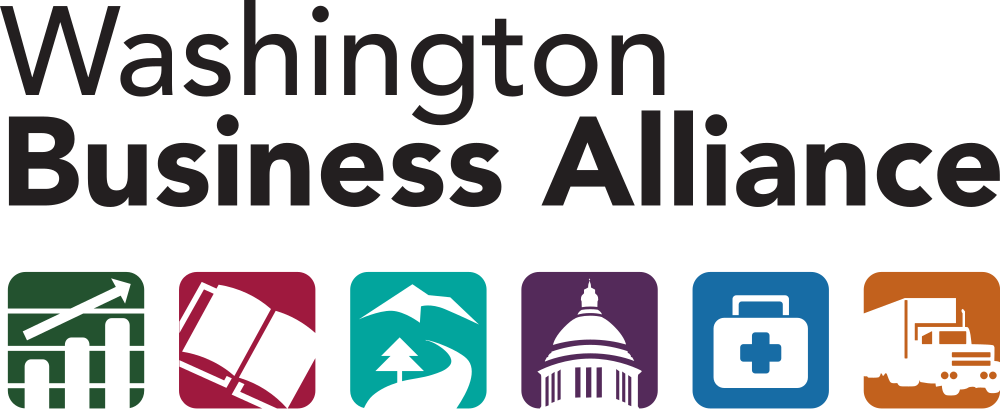In today’s economy, is a 4-year degree the only viable route to career success? One popular narrative compares college-goers to those whose education ends at high school graduation. This approach boils down to one simple finding: college grads perform better than those who merely graduated high school. However, research released this month examines the performance of non-college goers whose high school years were spent engaged in rigorous and career-connected coursework. The results may surprise you.
A new study from the Center for Public Education provides evidence of multiple pathways into high earning careers which do not require university education. The research examines outcomes for “high credentialed” high school graduates in comparison to college goers. “While college goers were, on average, more likely than non-college goers to have a good job and be a productive member of society by age 26, this distinction all but disappeared when a rigorous high school preparation was thrown into the mix.”
To qualify as “high credentialed,” a high school graduate must meet the following criteria:
- Completed Algebra 2 as highest math course and Advanced biology as highest science;
- Earned a cumulative GPA between 2.5 and 3;
- Completed an occupational concentration in high school (three or more vocational courses in a specific labor market area); and
- Earned a professional certification or license.
High school graduates who enter the workforce directly instead of attending college can achieve similar and, in some cases, greater economic and social success than college goers, provided they met the above criteria for rigorous, “high credentialed” high school achievement. Moreover, these “high credentialed” high school grads fare better than those students who earned only an associate’s degree or attended four-year college but did not earn a degree. At age 26, high credentialed high school graduates who did not enroll in college earned nearly as much ($18.71 per hour) as individuals with a bachelor’s degree ($19.38 per hour).
hourly wages of high school graduates at age 26 by educational attainment
economic outcomes of high school graduates at age 26 by education attainment
civic participation of high school graduates at age 26 by education attainment
At age 26:
- High credentialed high school graduates were as likely as bachelor’s degree holders to work full time and feel satisfied with their jobs.
- The high credentialed high school grads also performed strongly on measures of civic participation, performing equal to 4-year college grads in voter participation.
- High credentialed high school graduates were more likely than 4-year degree holders (or any other group) to have employer-provided medical insurance.
- To be fair, there was one area where high credentialed high school graduates underperformed compared to 4-year degree holders. They were significantly less likely to have a retirement fund.
The full report is available . The study was based on data from the Education Longitudinal Study of 2002 and the Postsecondary Transcript dataset from the U.S. Department of Education. The data tracked a nationally representative sample of high school sophomores from 2002 through 2012.
Takeaways for Educators and Policymakers
High-level math and science courses are not just for college goers
Advanced math and science courses are not just for getting into in college. Participation in these courses was the single most influential factor linked to success in non-college goers.
Vocational training should focus on specific job skills
Completing a mixed bag of vocational courses does not provide the job skills needed to be successful after high school. Vocational learning should dive deep into a specific career field.
Vocational courses are not just for non-college goers
Most high school students would benefit from vocational courses even if they intend on going to college. Nearly half of college students fail to earn a two- or four-year degree. Also, considering the number of four-year degree holders who head back to two-year schools for more job-specific skills, vocational coursework would benefit future college grads as well.
All students should graduate truly college- and career-ready
Life doesn’t always go according to plan. Many high school students who expected to go on to college when they were in high school never did. A number of high school students who hadn’t planned on further schooling actually did enroll by the end of the study. And a growing segment of college graduates are going back to school to become more marketable.
Hourly wage of college goers without a degree
Full-time employment levels of college goers without a degree
Helping students map out their future is key to their success.
Guidance counselors play the critical role of communicating the mix of different postsecondary pathways available to middle- and high-school students. Effective counseling can help them discover the right track for them and stick to it in order to meet their individual goals.
rigor and focus pay dividends
“High schools must ensure all students complete a rigorous curriculum that includes math at least through Algebra II or its equivalent and high-level lab sciences. They should also have access to modern career technical education programs focused on building knowledge and skills in a specific labor market field. Without high credentials, high school graduates have a much lower likelihood of finding economic success and being socially engaged than their peers.”
In an introduction to this research, the Center for Public Education writes about having “noticed lot of attention and resources have been poured into making sure students graduated ready to enter college, but not necessarily the workforce.” Like many states, Washington’s K-12 system claims “career- and college-readiness” as a central goal. However, the funding gaps around hands-on, vocational coursework evince an unbalanced approach that undervalues the career-readiness component.
This research provides clear evidence that there are multiple pathways to student success, and not all of them involve 4-year degrees. It also supports the argument that Washington State’s K-12 system must apply equal and adequate emphasis on both career- and college-readiness.
